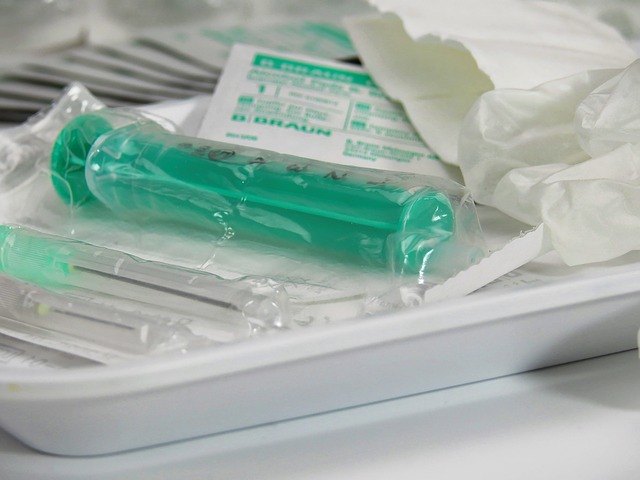New pneumococcal serotypes colonize nasopharynx since PCV13 introduction.
New serotypes of pneumococcus have begun to colonize the nasopharynx of children since the introduction of the PCV13 vaccine in 2010, according to recent research data.
“Here we provided analysis of 9 years of results, 2006 to 2015, and showed the adaptability of the pneumococcus to respond to vaccine pressure,” Ravinder Kaur, PhD, at the center for infectious diseases and immunology at Rochester General Hospital Research Institute, and colleagues wrote. “PCVs effectively eliminate all or nearly all of the strains expressing capsules corresponding to the polysaccharide-protein antigens in the vaccines. However, new serotypes quickly emerge to take the place of the strains eliminated.”
After the introduction of the 7-valent pneumococcal vaccine (PCV7) in 2000 in the United States, the researchers wrote, there was a decrease in nasopharyngeal (NP) colonization and invasive pneumococcal disease (IPD) caused by vaccine serotypes. Within 2 years, however, there was an increase in NP colonization and IPD caused by non-PCV7 serotypes. After the 13-valent pneumococcal vaccine (PCV13) was introduced, the researchers wanted to gauge any changes in NP colonization to non-PCV13 serotypes.
In a prospective study, Kaur and colleagues obtained NP samples from children at 6, 9, 12, 15, 18, 24 and 30 months of age. They assessed the time before (2006-2010) and after introduction (2010-2015) of PCV13 when there were 1,072 and 2,044 visits, respectively, by 665 children. In addition, the investigators evaluated multi-locus sequence typing (MLST) serotypes and the antibiotic resistance patterns of Streptococcus pneumoniae.
From 2006 to 2010, they isolated 350 S. pneumoniae; the most common serotypes were 19A and 23B. From 2010 to 2015, the researchers isolated 685 S. pneumoniae. The most common serotypes were 35B, 23B and 21. After 2010, 19A persisted for 5 years, while accounting for 5% of the isolates. For the period before PCV13 introduction, MLST sequence type (ST) 199 remained dominant. After 2010, ST558 and ST62 emerged. From 2006 to 2015, antibiotic resistance to penicillin, ceftriaxone, erythromycin, cefotaxime, tetracycline and trimethoprim/sulfamethoxazole significantly decreased.
Because 19A accounted for the majority of antibiotic resistance, its decline significantly contributed to the increase in susceptibility of S. pneumoniae strains to antibiotics after 2010, the researchers wrote.
“We showed that 4 years after the introduction of PCV13, S. pneumoniae NP colonization rates have remained stable, there has been a reduction in vaccine serotypes 19A and 6A and an emergence in nonvaccine serotypes,” Kaur and colleagues wrote.
VAN UK’s Comment:
Despite the vaccine causing the formation of new strains, the authors ended their paper with this claim:
‘The elimination of NP colonization of vaccine serotypes following PCV13 vaccination led to herd immunity, and herd immunity extends … to unvaccinated children and adults.’
I looked into this claim and discovered that although vaccine strains have decreased, individuals who have not had the pneumonia vaccine can get the new, vaccine-caused drug resistant strains of pneumonia too, so far from the vaccinated protecting them, they are just put at greater risk of having a pneumonia super-bug.
Please note that when a medical journal says ‘unvaccinated’ they usually mean unvaccinated for one specific vaccine or those that have no vaccine records, not completely unvaccinated.


